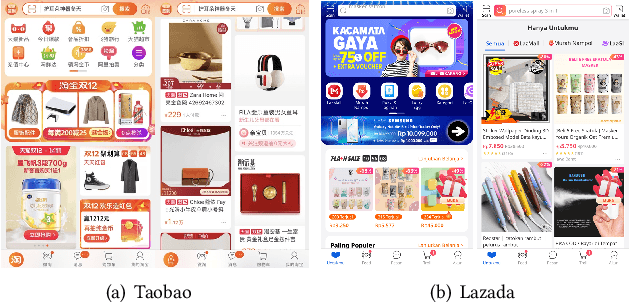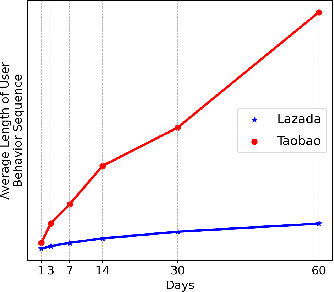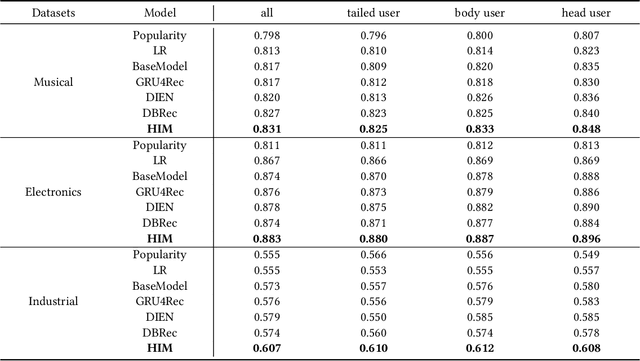Jin Niu
Large-scale Regional Traffic Signal Control Based on Single-Agent Reinforcement Learning
Mar 12, 2025Abstract:In the context of global urbanization and motorization, traffic congestion has become a significant issue, severely affecting the quality of life, environment, and economy. This paper puts forward a single-agent reinforcement learning (RL)-based regional traffic signal control (TSC) model. Different from multi - agent systems, this model can coordinate traffic signals across a large area, with the goals of alleviating regional traffic congestion and minimizing the total travel time. The TSC environment is precisely defined through specific state space, action space, and reward functions. The state space consists of the current congestion state, which is represented by the queue lengths of each link, and the current signal phase scheme of intersections. The action space is designed to select an intersection first and then adjust its phase split. Two reward functions are meticulously crafted. One focuses on alleviating congestion and the other aims to minimize the total travel time while considering the congestion level. The experiments are carried out with the SUMO traffic simulation software. The performance of the TSC model is evaluated by comparing it with a base case where no signal-timing adjustments are made. The results show that the model can effectively control congestion. For example, the queuing length is significantly reduced in the scenarios tested. Moreover, when the reward is set to both alleviate congestion and minimize the total travel time, the average travel time is remarkably decreased, which indicates that the model can effectively improve traffic conditions. This research provides a new approach for large-scale regional traffic signal control and offers valuable insights for future urban traffic management.
Hybrid Interest Modeling for Long-tailed Users
Dec 29, 2020



Abstract:User behavior modeling is a key technique for recommender systems. However, most methods focus on head users with large-scale interactions and hence suffer from data sparsity issues. Several solutions integrate side information such as demographic features and product reviews, another is to transfer knowledge from other rich data sources. We argue that current methods are limited by the strict privacy policy and have low scalability in real-world applications and few works consider the behavioral characteristics behind long-tailed users. In this work, we propose the Hybrid Interest Modeling (HIM) network to hybrid both personalized interest and semi-personalized interest in learning long-tailed users' preferences in the recommendation. To achieve this, we first design the User Behavior Pyramid (UBP) module to capture the fine-grained personalized interest of high confidence from sparse even noisy positive feedbacks. Moreover, the individual interaction is too sparse and not enough for modeling user interest adequately, we design the User Behavior Clustering (UBC) module to learn latent user interest groups with self-supervised learning mechanism novelly, which capture coarse-grained semi-personalized interest from group-item interaction data. Extensive experiments on both public and industrial datasets verify the superiority of HIM compared with the state-of-the-art baselines.
 Add to Chrome
Add to Chrome Add to Firefox
Add to Firefox Add to Edge
Add to Edge